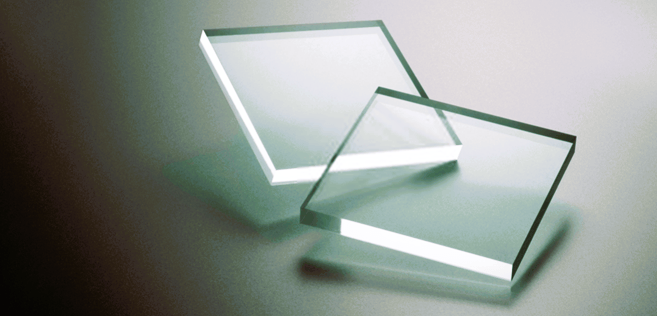In the pursuit of energy efficiency, homeowners are increasingly turning to low-emissivity (low-E) glass as a solution for their windows. Low-E glass is designed to reduce heat transfer and improve insulation, making it an effective tool in enhancing energy efficiency in residential buildings. In this article, we will explore the features and benefits of low-E glass and how it can improve energy efficiency in your home.
What is Low-E Glass?
Low-E glass is a type of glass that has a special coating applied to its surface. The term “low-E” refers to low emissivity, which is the ability of a material to emit radiant energy. The coating on low-E glass is typically made of thin metallic layers or metal oxides that reflect heat while allowing visible light to pass through.
The primary function of low-E glass is to minimize heat transfer through windows. It achieves this by reflecting radiant heat back into the room during the winter months, while reducing the amount of heat that enters the room during the summer. This unique feature makes low-E glass an excellent choice for enhancing energy efficiency in homes.

How Low-E Glass Improves Energy Efficiency
a. Thermal Insulation: Low-E glass significantly reduces heat transfer between the interior and exterior of a building. During the colder months, the low-E coating reflects the heat generated indoors back into the room, preventing it from escaping through the window. This helps to maintain a comfortable temperature inside the home and reduces the reliance on heating systems, resulting in energy savings.
b. Solar Heat Control: In warmer climates or during the summer season, low-E glass also plays a crucial role in controlling solar heat gain. The coating on the glass reflects a significant portion of the sun’s heat away from the building, reducing the need for excessive air conditioning. This not only improves energy efficiency but also enhances the comfort of living spaces by minimizing heat buildup.
c. Ultraviolet (UV) Protection: Low-E glass also provides UV protection by blocking a significant portion of harmful UV rays from entering the home. These rays can cause fading and damage to furniture, flooring, and other interior elements. By using low-E glass, homeowners can preserve the aesthetics and longevity of their interior furnishings while still enjoying natural light. Upgrading Existing Windows for Energy Efficiency: Window Retrofitting.
Types of Low-E Glass
There are two main types of low-E glass: passive low-E glass and solar control low-E glass.
a. Passive Low-E Glass: Passive low-E glass is designed to provide excellent insulation by reflecting heat back into the room. It is ideal for climates with cold winters and is highly effective in reducing heat loss through windows. Passive low-E glass helps to maintain a consistent indoor temperature, resulting in energy savings and increased comfort.
b. Solar Control Low-E Glass: Solar control low-E glass is specifically designed to minimize solar heat gain. It reflects a larger portion of the sun’s heat away from the building, reducing the need for cooling systems and improving energy efficiency in warmer climates. Solar control low-E glass allows homeowners to enjoy natural light without compromising on comfort.
Other Benefits of Low-E Glass
Aside from its energy-saving properties, low-E glass offers additional benefits for homeowners:

a. Reduced Condensation: Low-E glass helps to minimize condensation on the interior surface of windows. By reflecting heat back into the room, it keeps the glass surface warmer, reducing the likelihood of condensation forming during cold weather.
b. Improved Sound Insulation: Low-E glass also provides some level of sound insulation, reducing noise transmission from the outside. This is particularly beneficial for homeowners living in noisy environments or near busy streets.
c. Enhanced Comfort: With improved insulation and solar heat control, low-E glass contributes to a more comfortable living environment throughout the year. Homeowners can enjoy stable indoor temperatures and reduced reliance on heating and cooling systems, leading to increased energy savings.
Conclusion
Low-E glass is a valuable technology that significantly enhances the energy efficiency of windows. By reducing heat transfer, controlling solar heat gain, providing UV protection, and offering additional benefits such as reduced condensation and sound insulation, low-E glass is a smart choice for homeowners looking to improve energy efficiency in their homes.
When considering window replacements or upgrades, consult with professionals who can guide you in selecting the most appropriate type of low-E glass for your specific needs and climate conditions. By investing in low-E glass, you can enjoy the benefits of improved energy efficiency, enhanced comfort, and reduced utility costs, while contributing to a more sustainable and environmentally friendly home.
